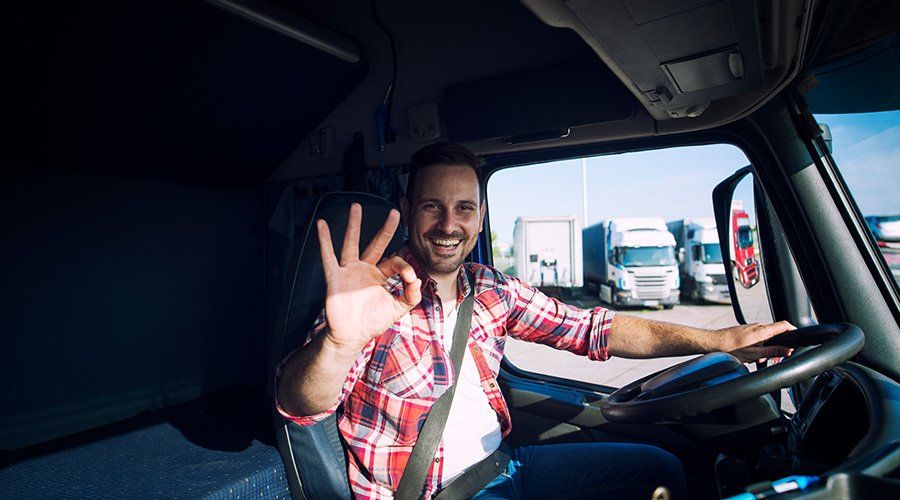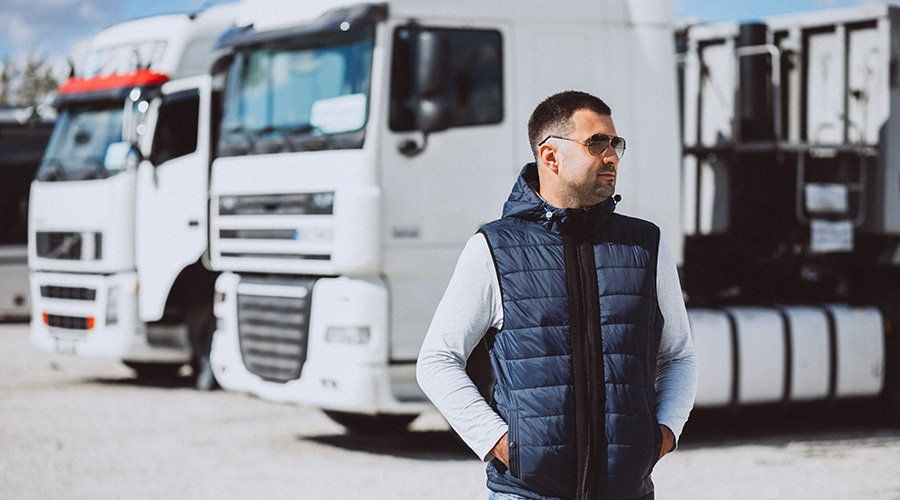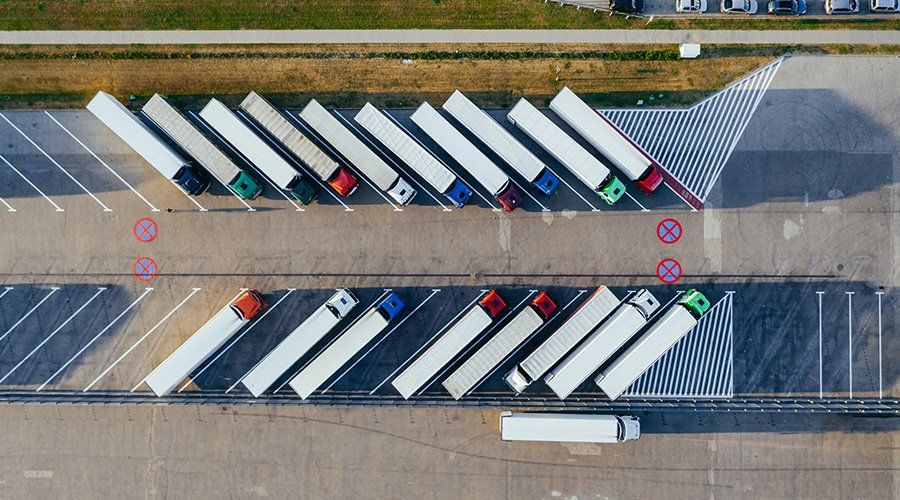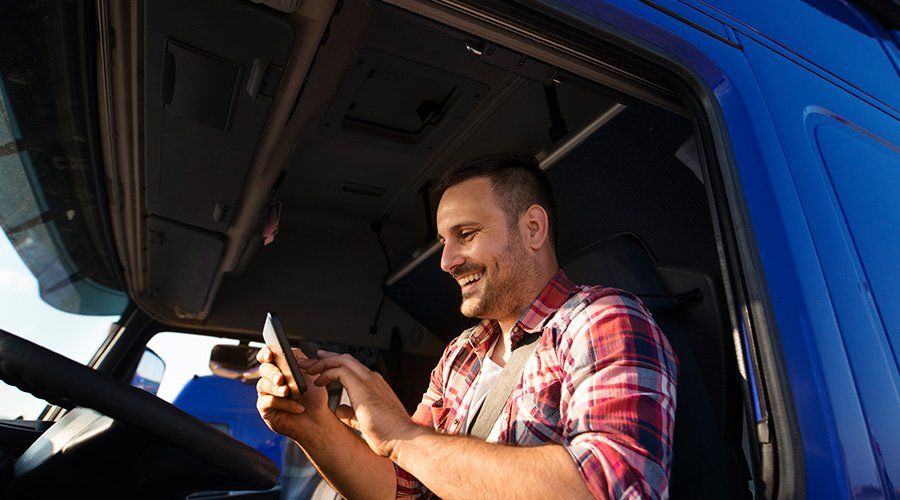
Trucking and logistics is no longer just about getting materials from point A to point B. Much like consumers want to buy their products from socially responsible corporations or boycott businesses that don’t align with their beliefs, many companies want to work with trucking companies that prove they care about the environment. Whether due to their personal beliefs, to the corporate responsibility goals they’re mandated to meet, or to a desire to please their own customer base, you’re serving clients who will ask about your carbon neutral shipping practices sooner rather than later. Now is the time to start taking this topic seriously.
Do you find yourself asking “what is carbon neutral shipping anyway?” Are you wondering why carbon neutral shipping might be a benefit? Curious to know how companies become carbon neutral? Keep reading to discover the answers to all of your questions about this climate-responsible approach to business.
What is Carbon Neutral Shipping?
First, let’s answer the most basic question: what is carbon neutral shipping? “Carbon neutral” means putting a “net zero” amount of greenhouse gases into the atmosphere. Greenhouse cases can be gases like carbon dioxide or methane. These gases are responsible for climate change, and 28% of them come from transportation. For this reason, it’s important that trucking companies take a proactive approach to reducing the impact of these harmful gases on the environment. That’s where carbon neutral shipping comes in.
Carbon neutral shipping practices don’t require shipping companies to eliminate carbon emissions from their vehicles and transportation methods, as fossil fuels are still a necessary part of the process (for now). Rather, this practice encourages companies to reduce their carbon footprint by making more environmentally friendly choices and by offsetting the gases they put into the atmosphere.
Why is Carbon Neutral Shipping Beneficial for My Trucking Company?
There is an increasing demand for carbon-neutral shipping, so even if your direct customers aren’t seeking a carbon-neutral partner for their own purposes, there is a high likelihood that pressure from their customers will soon change that.
Much like companies have goals to spend money with diverse-owned businesses, they also have sustainability goals to meet and promote. Working with a carbon-neutral shipper is a big piece of that. Additionally, while there can be an up-front cost to going carbon neutral, the long-term cost savings of choosing greener, less wasteful shipping practices, packaging, and power consumption will add up. And, of course, carbon reduction helps the environment we all live in, which is a benefit for us all!
How Do Companies Become Carbon Neutral?
So, finally, how do companies become carbon neutral? First, take a moment to calculate the carbon footprint you currently have with a tool like Carbon Fund’s Business Emissions Calculator.
Once you have that number in mind, there are a few practices you can adopt to become carbon neutral:
- Reduce fuel consumption by analyzing your current shipping routes. Choosing routes that cut back on fuel consumption, reduce idle time, and negate wasteful practices is a huge step in the right direction.
- Make greener packaging options like biodegradable air pillows, more sustainable alternatives to styrofoam peanuts, slimmer packaging, and reusable options.
- Purchase a carbon offset, which is essentially money that goes toward projects that will help reduce greenhouse gases. Companies that become carbon neutral often achieve that status by contributing money toward these types of environmentally friendly practices. Rather than researching and funding specific projects, you can simply find a reputable, trustworthy carbon offset company and purchase “credits.” From there, that company will put money toward projects that “offset” your carbon footprint.
Ready to get serious about your shipping business? We’re here to help. Gold Star’s consultative services will put you on the road to success.








